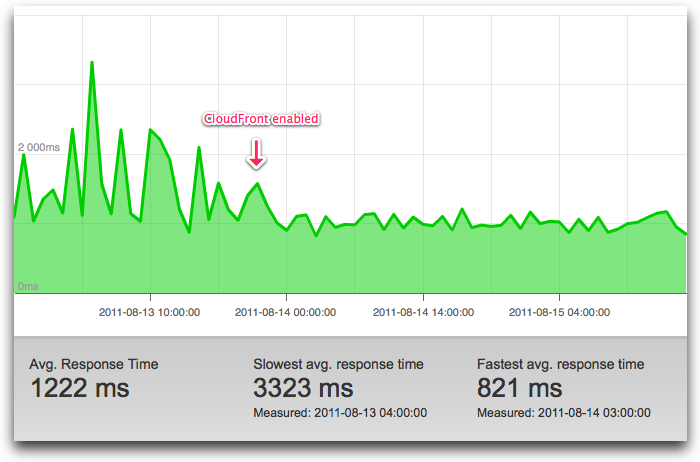OH2EWL
It's been a slow year and a half on this blog, but I'm finally a licensed amateur radio operator. The call is OH2EWL.
Categorised as: meta
It's been a slow year and a half on this blog, but I'm finally a licensed amateur radio operator. The call is OH2EWL.
Categorised as: meta
In order to try something new (and save money) I switched my personal "utility" server from EC2 to DigitalOcean. As I was running just a t1.micro instance anyway, I selected DigitalOcean's cheapest offering, which costs $5/month (512MB/20GB(SSD)/1TB). Plus $1/month for regular backups (they somehow backup the whole server while the server is running, so I'm not sure how consistent said backup can possibly be but at least it's cheap).
DigitalOcean is offering just servers, and the whole experience isn't of course quite as polished as with Amazon. Nor can you, say, access S3 (or other services) at quite the same speed as when in Amazon's network. But for my use case it's a good fit.
Categorised as: meta
Update 2: Looks like page load times, at least as reported by Pingdom, went up from what they initially were. In my own testing cached pages still load in something like 150 to 250 milliseconds but Pingdom disagees. I don't know if this is regular CloudFront performance fluctuation, some kind of impedance mismatch between Pingdom and CloudFront or "something else".
Update: That really did the trick and the estimated -90% page load time wasn't that far off:
Having been fed up with wastefulness (resource wise) and general slowness of the MySQL/PHP/WordPress/CloudFlare setup for some time, I have now moved this site to S3/CloudFront. Site is generated from an XML file (which I derived from a WordPress export dump) with a Python script that is hosted here. Commenting is obviously impossible but if you for some reason need to contact me you'll find contact details on your left.
Categorised as: meta

Performace-wise, setting up Amazon CloudFront ("Custom Origin") in addition to WP Minify and WP Super Cache improved site response times a lot. Offloading static content to Amazon not only made those offloaded files load faster (because of Amazon's faster tubes) but this also reduced stress on our feeble-ish server on page load so that the document itself is returned faster. Load time is also more repeatable. Good stuff!
Note that CloudFront makes HTTP/1.0 requests and Apache may take some convincing in order to make it Gzip the 1.0 response.
Categorised as: meta
Categorised as: meta